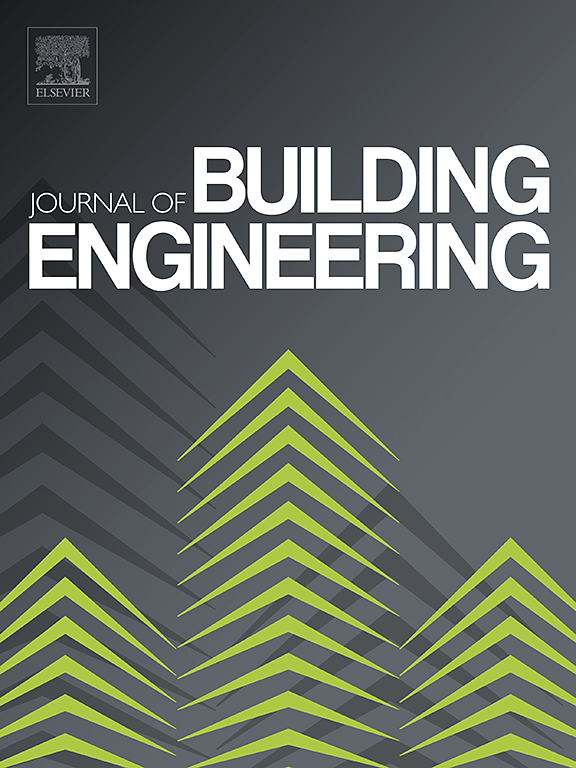Progressive collapse risk assessment of unbonded prestressed slab-column structures under dynamic failure of bottom columns
IF 6.7
2区 工程技术
Q1 CONSTRUCTION & BUILDING TECHNOLOGY
引用次数: 0
Abstract
Unbonded prestressed slab-column (UBPS-C) structures are prevalent in civil engineering due to their advantages, including simplified construction, reduced deformation, flexible arrangement, and cost savings. However, the absence of beams in UBPS-C structures may result in weakened resistance to progressive collapse, particularly when considering the potential negative effects of material, geometric, and loading uncertainties. Consequently, it is essential to assess the risk of progressive collapse of UBPS-C structures. In this paper, stochastic models of multi-story UBPS-C structures were developed through Latin hypercubic sampling (LHS), and incremental dynamic analysis (IDA) was performed. The vulnerability of the UBPS-C structure was analyzed based on the cumulative density function and performance level, with consideration of the bottom middle column, side column, and corner column failures. Within the range of significant damage, the exceeding probability under side and corner column failure exhibited minimal discrepancy. The lowest hazard was observed for the middle column failure scenario. Subsequently, the high-order moment method was employed to assess the reliability of the UBPS-C structure under these failure scenarios. The findings reveal that the structure exhibits the lowest reliability in the event of a corner column failure, while the risk posed by a side column failure should not be overlooked. Furthermore, uncertainty exacerbates the discrepancy in the residual structural resistance under different failure scenarios.
求助全文
约1分钟内获得全文
求助全文
来源期刊

Journal of building engineering
Engineering-Civil and Structural Engineering
CiteScore
10.00
自引率
12.50%
发文量
1901
审稿时长
35 days
期刊介绍:
The Journal of Building Engineering is an interdisciplinary journal that covers all aspects of science and technology concerned with the whole life cycle of the built environment; from the design phase through to construction, operation, performance, maintenance and its deterioration.
 求助内容:
求助内容: 应助结果提醒方式:
应助结果提醒方式:


